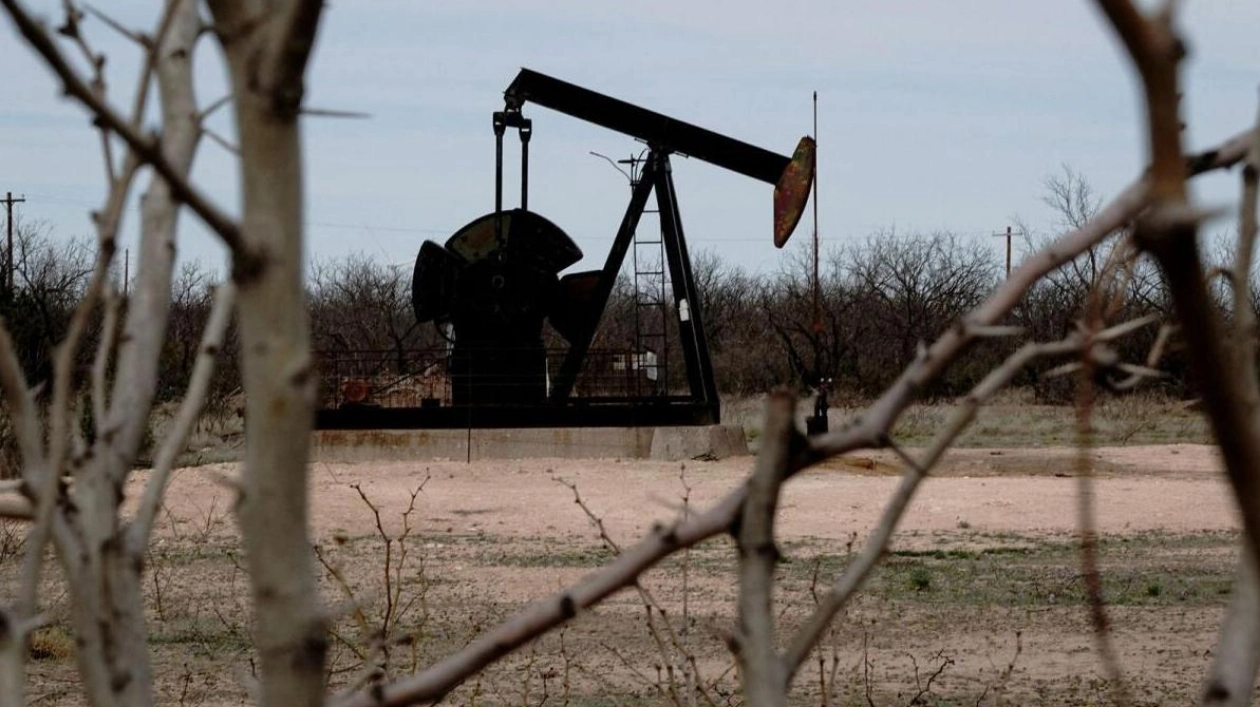In its closely watched report on Friday, energy services firm Baker Hughes revealed that US energy companies reduced the number of operating oil and natural gas rigs for the third consecutive week, marking the first such occurrence since late June. The rig count, which serves as a preliminary gauge of future production, dropped by two to 583 as of August 30, reaching its lowest point since June. This decline represents an 8% decrease, or 48 rigs less, compared to the same period last year. Specifically, the number of oil rigs remained steady at 483, while gas rigs decreased by two to 95, the lowest since April 2021. Over the month, the total rig count decreased by six, following an increase of eight in the previous month. Oil rigs saw a slight increase of one in August, whereas gas rigs decreased by six. In the Marcellus shale region, which spans Pennsylvania, Ohio, and West Virginia and is the nation's largest gas-producing basin, drillers reduced operations by two rigs, bringing the total to 23, the lowest since August 2016. Additionally, in Pennsylvania, drillers reduced operations by three rigs, bringing the total to 18, the lowest since December 2021. The rig count has seen a significant drop of approximately 20% in 2023, following increases of 33% in 2022 and 67% in 2021, influenced by falling oil and gas prices, escalating labor and equipment costs due to inflation, and a focus on debt reduction and enhancing shareholder returns rather than increasing production. Despite a 3% increase in US oil futures for 2024 after an 11% drop in 2023, US gas futures have fallen by about 16% in 2024 following a 44% plunge in 2023. This sustained decline in gas futures has led many energy firms to reduce capital spending in 2024, which is anticipated to decrease gas production for the first time since 2020. Among the 26 independent exploration and production companies tracked by US financial services firm TD Cowen, plans to cut spending by around 2% in 2024 compared to 2023 have been announced. This reduction follows significant year-over-year spending increases of 27% in 2023, 40% in 2022, and 4% in 2021.

Text: Lara Palmer
01.09.2024
Baker Hughes reports a decline in rig count, reflecting reduced output and spending plans





